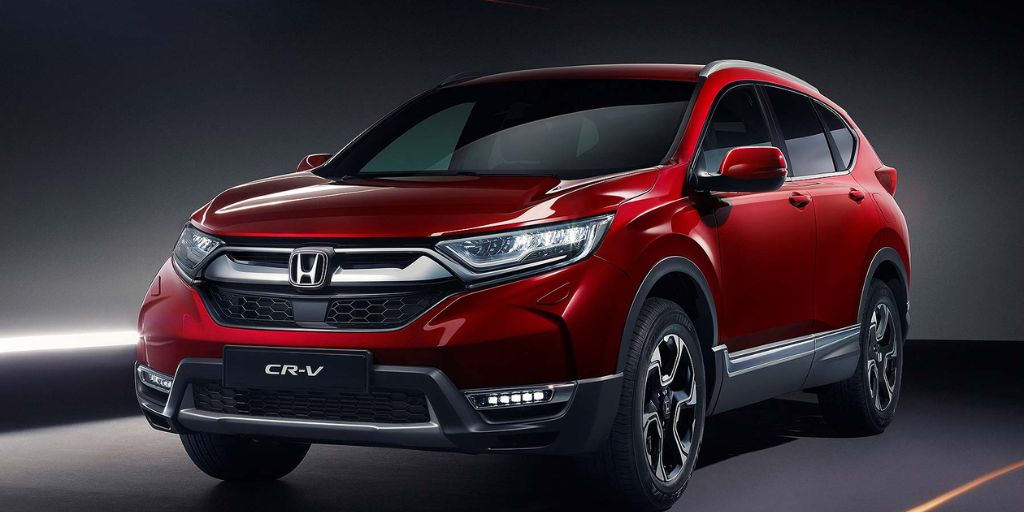In the world of modern automobiles, advanced safety features have become more common, aiming to prevent accidents before they happen and protect occupants when accidents are unavoidable.
Technologies like lane-keeping assist, adaptive cruise control, and automatic emergency braking have proven to be game-changers, saving countless lives and reducing the severity of crashes.
However, not all systems are created equal. While many cars come equipped with these advanced safety features, the effectiveness of these systems can vary widely.
Some brands have developed technology that functions seamlessly, enhancing the driving experience and providing real peace of mind.
On the other hand, some vehicles suffer from glitches or performance issues, leaving drivers frustrated and questioning the reliability of their car’s safety systems.
These glitches can range from false alarms to complete system failures, undermining the very purpose of the technology.
In this article, we’ll explore five cars that offer advanced safety features that truly work, alongside five that suffer from glitches and shortcomings that can impact their safety performance.
In both cases, understanding which cars are genuinely advancing the cause of vehicle safety and which may be falling short is crucial for any driver concerned about their well-being on the road.
Also Read: 5 Cars With Ergonomic Designs and 5 With Awkward Layouts
5 Cars With Advanced Safety Features That Actually Work
In the ever-evolving world of automotive safety, advanced driver-assistance systems (ADAS) have revolutionized the way we think about car safety.
From preventing collisions to providing real-time feedback to the driver, these systems work in tandem to create a safer driving environment.
However, the key to their success lies in how well these technologies are implemented and how reliably they function in real-world conditions.
The cars featured in this section represent the forefront of safety innovation. These vehicles have earned high praise for their active safety systems, which function as intended and often go above and beyond to protect drivers, passengers, and pedestrians.
Whether it’s automatic emergency braking that stops the car before a collision occurs, adaptive cruise control that keeps a safe distance from other vehicles, or lane-keeping assist that prevents inadvertent lane departures, these cars excel in ensuring a secure driving experience.
What sets these vehicles apart is not just their technology but the seamless integration of these features into the driving experience.
The advanced safety systems in these cars are designed to operate smoothly and reliably, without causing unnecessary disruptions or errors. They enhance the driving experience, allowing drivers to focus on the road while also benefiting from the extra layer of protection.
Let’s take a closer look at five cars that are equipped with advanced safety features that actually work. These vehicles provide confidence and peace of mind on every drive, knowing that they are built to protect you when it matters most.
1. Volvo XC90
The Volvo XC90 is a prime example of a car that takes advanced safety features seriously. Volvo has long been a leader in vehicle safety, and the XC90 is one of their flagship models showcasing their cutting-edge technology.
This SUV comes standard with a wide range of active safety systems, including automatic emergency braking, lane-keeping assist, and blind-spot monitoring. However, what sets the XC90 apart is the seamless and reliable way these systems work together to prevent accidents.
The XC90 features Volvo’s City Safety system, which can detect pedestrians, cyclists, and large animals in the car’s path and automatically apply the brakes to prevent or mitigate a collision.
This technology has been proven to work exceptionally well in real-world situations, earning the XC90 high marks for safety from both IIHS and NHTSA. The system is intuitive and responsive, with very few instances of false alarms or overreactions.
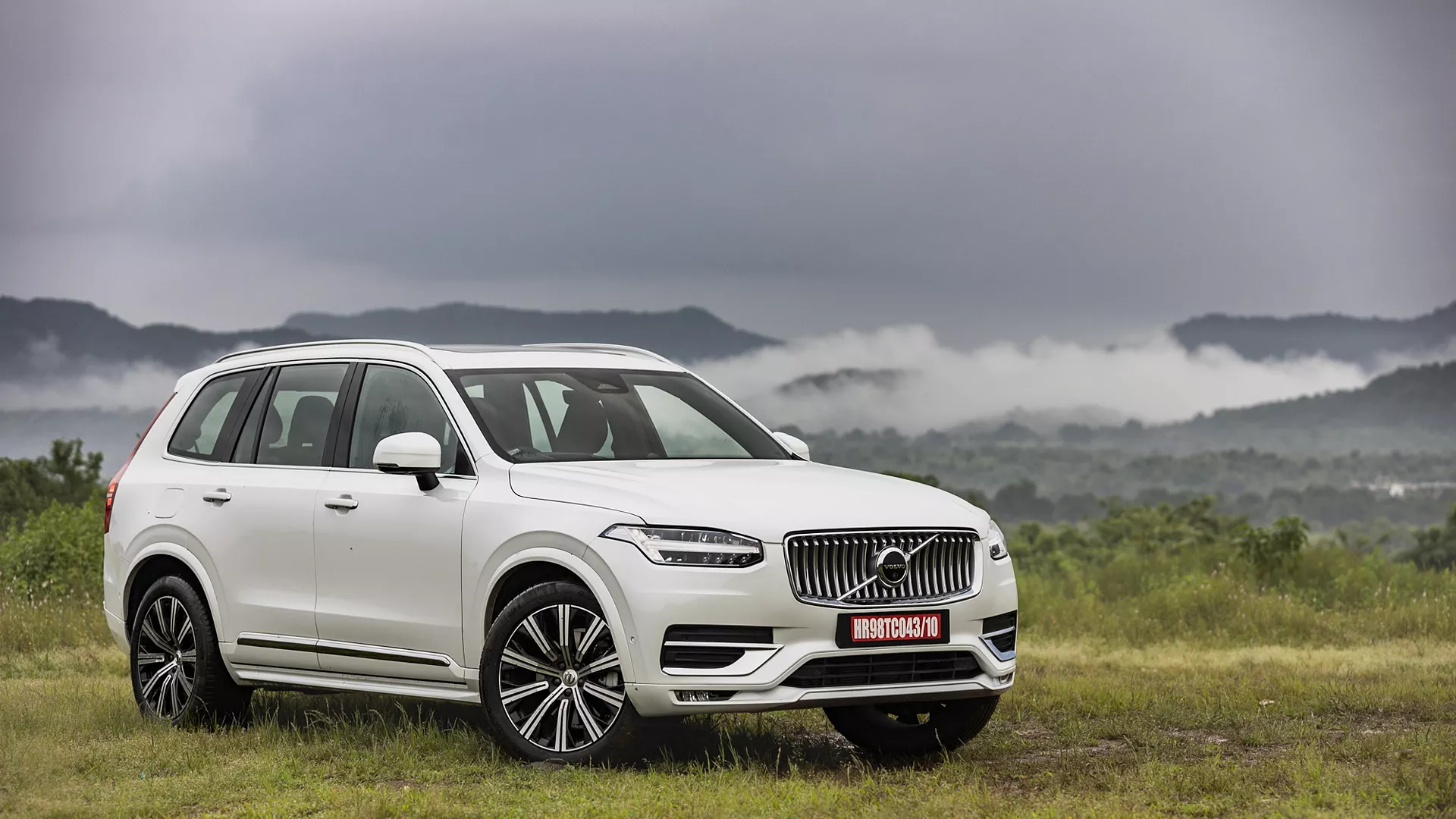
Additionally, the XC90 offers Pilot Assist, which combines adaptive cruise control and lane-keeping assist to make long drives easier and safer.
This system can adjust the car’s speed to maintain a safe distance from other vehicles while ensuring the car stays centered in its lane.
While these systems are particularly useful on highways, they also work well in stop-and-go traffic, offering convenience and peace of mind.
In short, the Volvo XC90’s advanced safety systems not only perform reliably but work seamlessly to enhance the overall driving experience, providing protection for both the driver and other road users.
2. Subaru Outback
The Subaru Outback has long been recognized for its reliability and all-weather performance, but it’s also a standout when it comes to advanced safety features.
Subaru’s EyeSight Driver Assist Technology is standard on most Outback models, and it’s a system that truly works to enhance both the safety and convenience of driving.
EyeSight includes features like adaptive cruise control, pre-collision braking, and lane departure warning.
The pre-collision braking system is particularly impressive, as it can detect vehicles ahead and automatically apply the brakes if the driver doesn’t react in time to prevent a collision. This is especially useful in situations where the driver may be distracted or in heavy traffic.
Subaru’s system is well-regarded for its ability to avoid or reduce the severity of collisions, and it works without causing undue false alerts, which is a common complaint with some other safety systems.
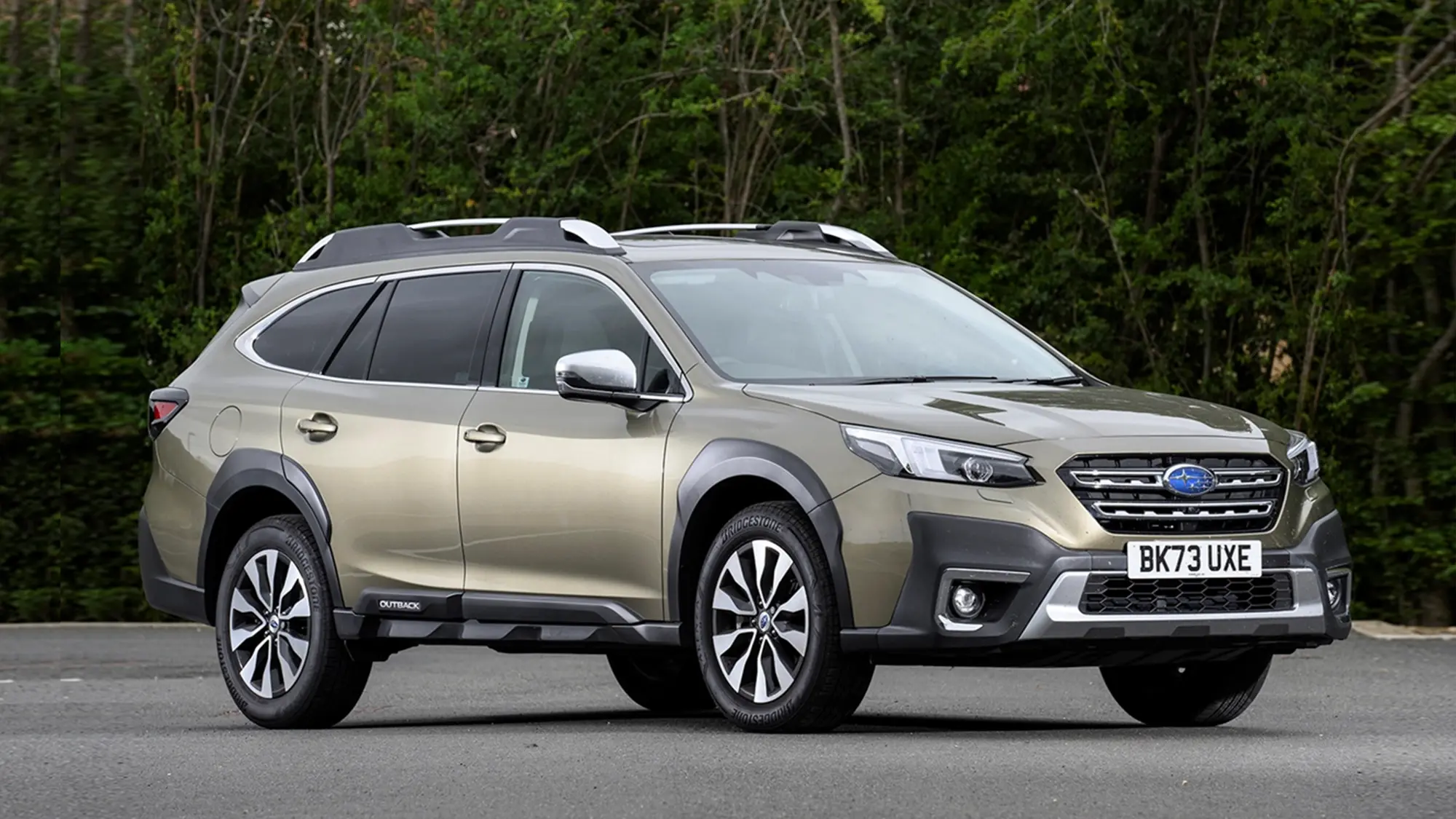
In addition to EyeSight, the Outback offers blind-spot detection, rear cross-traffic alert, and a rearview camera. These features work in tandem to provide a 360-degree sense of awareness around the vehicle, making it easier to navigate tight parking spaces or changing lanes on highways.
What makes the Subaru Outback’s safety features stand out is the consistent real-world reliability. They not only perform well in tests but also feel genuinely useful in day-to-day driving, giving drivers confidence that their car is actively working to prevent accidents.
3. Tesla Model 3
The Tesla Model 3 is a leader in both electric performance and cutting-edge technology, especially when it comes to its advanced safety features.
Tesla’s Autopilot system is one of the most talked-about in the industry, offering a suite of driver-assistance features designed to make driving safer and more convenient. However, it’s not just the system’s futuristic appeal that makes it stand out; it’s how well it works.
Autopilot includes adaptive cruise control, lane-keeping assist, and automatic emergency braking. What sets it apart from many competitors is its ability to continuously learn and improve.
Tesla uses data from its fleet of vehicles to refine and optimize the system, meaning the Model 3’s safety features get better over time.
This capability is particularly evident in the car’s lane-keeping assist, which can steer the vehicle for extended periods on highways, making long-distance travel significantly easier.
The Model 3 is also equipped with Tesla’s advanced collision avoidance system, which includes sensors, cameras, and radar to detect potential hazards.
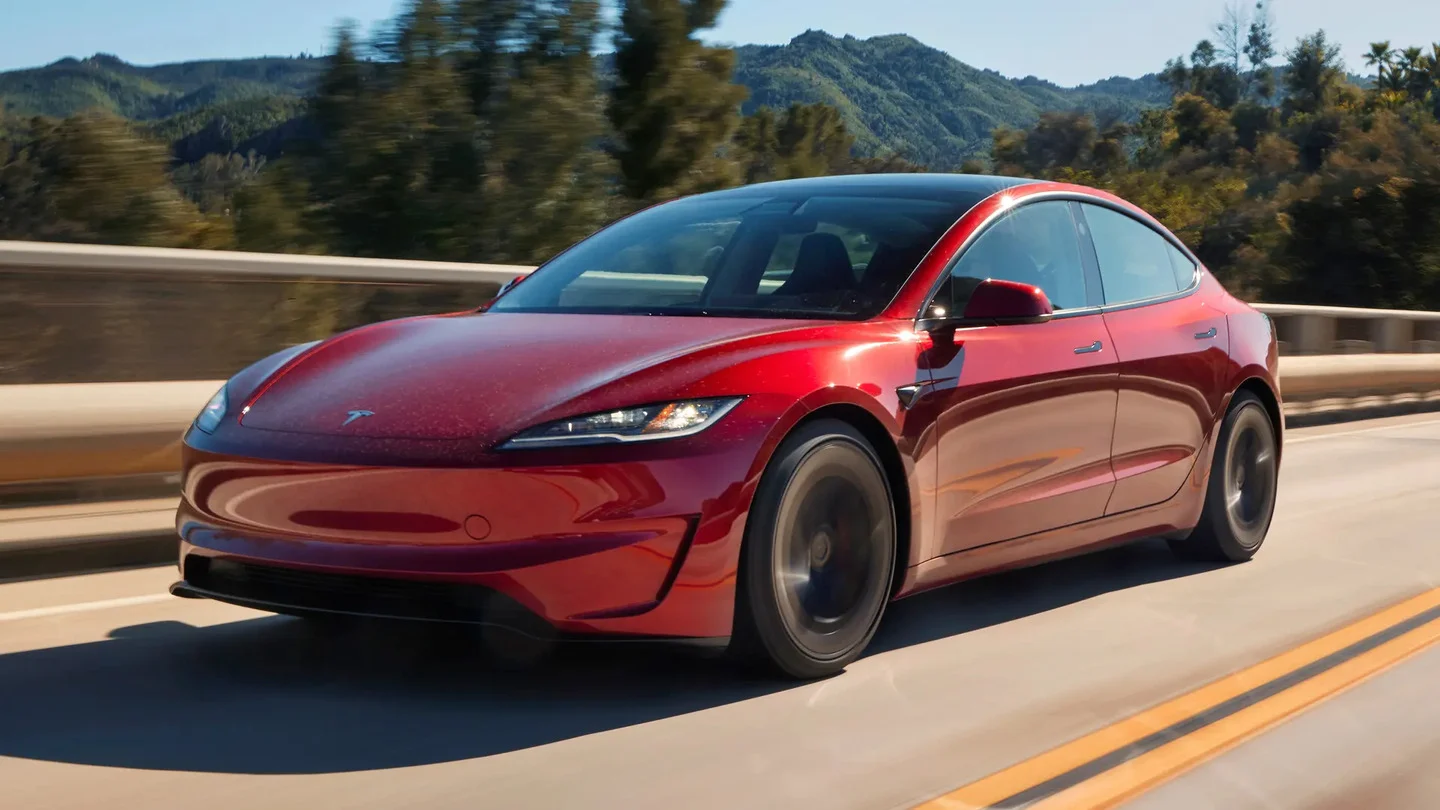
This system can automatically steer the car away from obstacles, and in many cases, it can completely prevent accidents. The car also features automatic emergency braking, which has earned high marks in crash prevention tests.
Tesla’s commitment to continuous software updates and the real-world effectiveness of Autopilot’s safety systems make the Model 3 one of the safest vehicles on the road today.
The combination of hardware and software ensures that these advanced features work reliably to protect both the driver and others on the road.
4. Mercedes-Benz E-Class
The Mercedes-Benz E-Class is renowned for its luxury and comfort, but it also stands out as one of the safest vehicles in its segment, thanks to its suite of advanced safety features.
The E-Class is equipped with a variety of systems that work together to provide exceptional protection and driving assistance, making it a top choice for drivers who prioritize safety.
One of the standout features in the E-Class is its PRE-SAFE system, which anticipates potential accidents and prepares the vehicle for impact. In the event of a crash, the system can automatically adjust the seats, close the windows, and tighten the seatbelts to reduce injury.
Additionally, the car’s active braking assist can detect pedestrians or vehicles ahead and automatically apply the brakes if a collision is imminent.
The E-Class also comes with an array of driver-assistance technologies, including lane-keeping assist, adaptive cruise control, and active blind-spot monitoring.
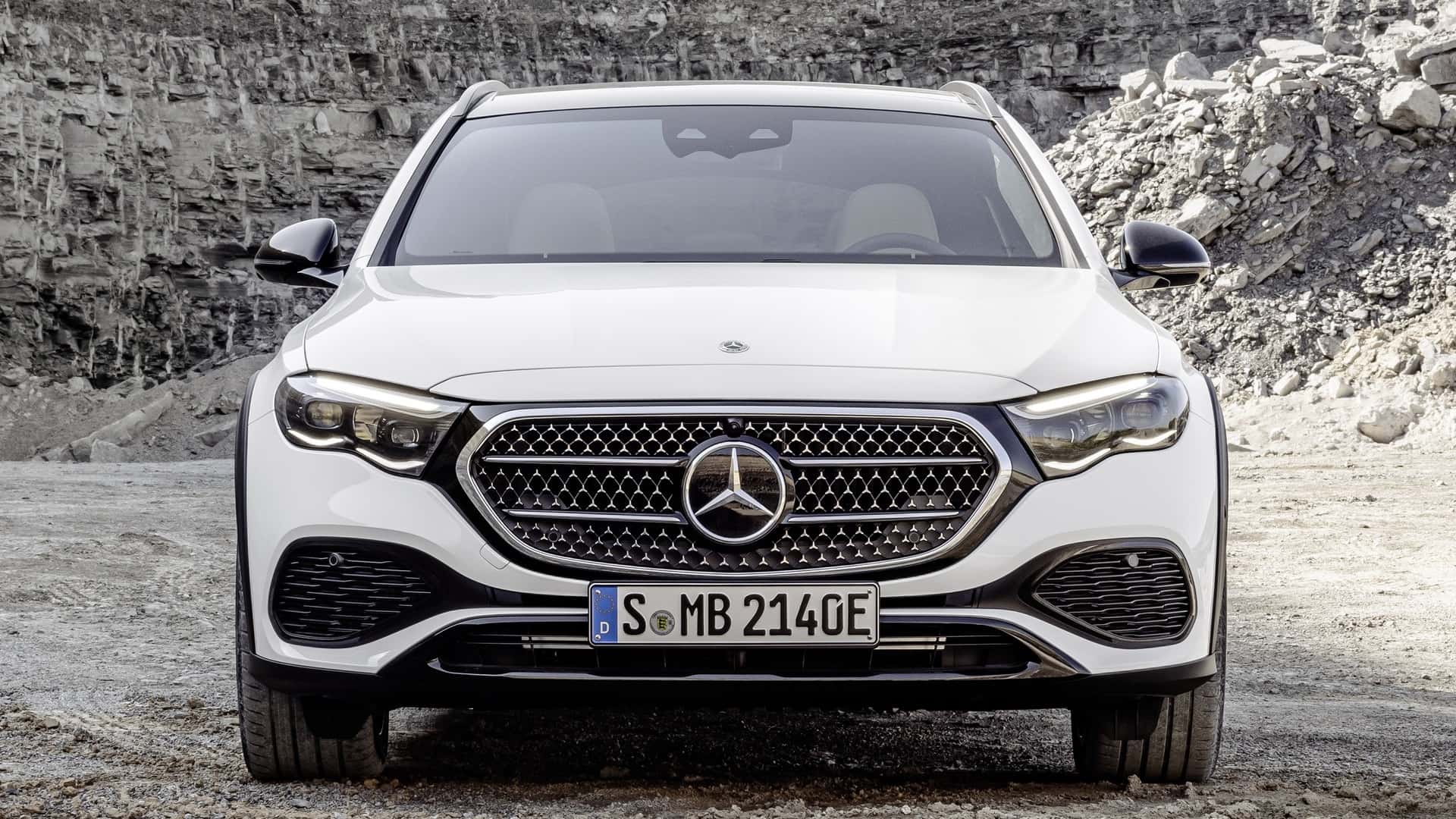
These systems work seamlessly to reduce the risk of accidents, particularly in high-speed or heavy traffic situations. The car’s PRE-SAFE PLUS system can also detect rear-end collisions and activate preventative measures to protect the occupants from a second impact.
Furthermore, the E-Class boasts excellent crash test ratings, making it one of the safest vehicles in its class. Its high-tech safety systems, combined with its solid build and luxury features, ensure that the E-Class not only offers comfort but also peace of mind on the road.
5. Audi A6
The Audi A6 is a luxury sedan that blends performance, technology, and advanced safety features to create a vehicle that excels in both comfort and security.
Audi has consistently been at the forefront of integrating cutting-edge technology into their vehicles, and the A6 is no exception when it comes to safety features.
The A6 comes standard with Audi’s Pre Sense City, which utilizes cameras and radar to detect potential collisions with vehicles, pedestrians, and cyclists.
If the system determines that a collision is imminent, it automatically applies the brakes to reduce the severity of the crash or prevent it altogether.
This system has been highly praised for its effectiveness in real-world scenarios, preventing accidents in urban environments where sudden stops are common.
Additionally, the Audi A6 features adaptive cruise control, lane-keeping assist, and rear cross-traffic alert, which work in harmony to enhance the overall driving experience.
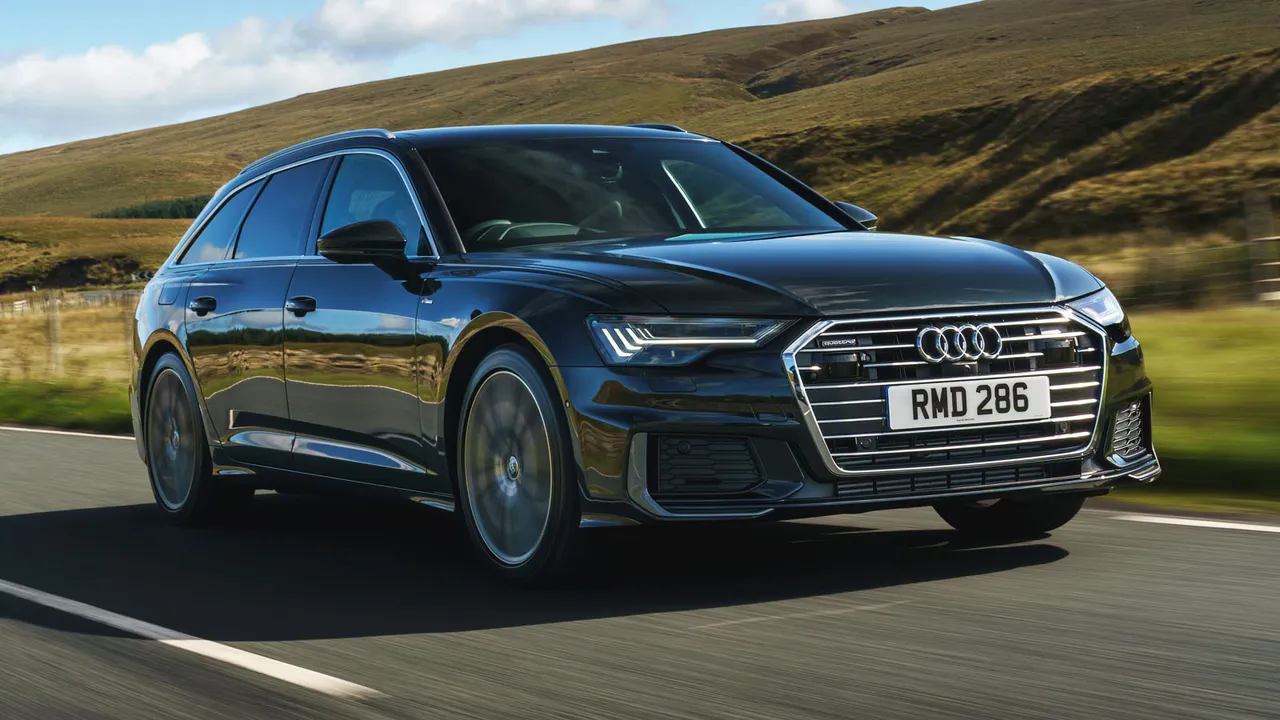
The adaptive cruise control adjusts the vehicle’s speed based on traffic conditions, while lane-keeping assist ensures the car stays centered in its lane. These features significantly reduce the driver’s workload, especially during long highway drives or in stop-and-go traffic.
With top-tier crash test ratings and a suite of safety technologies that work seamlessly together, the Audi A6 offers a level of security that makes it one of the safest cars in its class.
Audi’s commitment to both performance and safety ensures that the A6 is a wise choice for those seeking peace of mind on the road.
5 Cars That Glitch
While advanced safety features are becoming more commonplace in modern vehicles, not all systems are flawless.
Despite the increasing sophistication of these technologies, some cars suffer from glitches and performance issues that can undermine their effectiveness, leading to driver frustration and, in some cases, increased safety risks.
When a vehicle’s safety systems fail to function as intended—whether due to software issues, sensor malfunctions, or other problems—the very purpose of the technology is compromised.
Some of the most common glitches include false alarms, where the car may mistakenly detect a potential collision or lane departure and activate a system response, such as automatic braking or steering intervention, when it isn’t necessary.
Others may experience complete system failures, leaving drivers without critical assistance when they need it most. These issues can range from minor annoyances to potentially dangerous scenarios if the systems fail to react during an actual emergency.
Despite their potential for glitches, many of the cars in this category still offer impressive safety features on paper.
However, real-world performance can be hit or miss, leaving some drivers questioning whether the systems are truly beneficial or if they create more problems than they solve.
In this section, we’ll explore five vehicles with advanced safety features that, unfortunately, don’t always work as advertised.
While they might be equipped with top-tier technologies, these vehicles demonstrate how even the most advanced systems can struggle when not properly integrated or maintained. Let’s take a closer look at these cars and their problematic safety systems.
1. Nissan Altima
The Nissan Altima is a popular mid-size sedan that comes equipped with a suite of advanced safety features, including automatic emergency braking, lane-keeping assist, and rear cross-traffic alert.
However, while these systems are impressive on paper, the Altima has faced issues with glitching safety features that detract from their reliability.
One common problem with the Altima’s safety technology is its automatic emergency braking system, which has been known to falsely activate in situations where there is no immediate danger.
This issue can be particularly frustrating for drivers, as the system will often apply the brakes unexpectedly, causing a sudden and jarring stop.
In some cases, these false activations have been linked to the car’s sensors misreading the surrounding environment, including road signs or parked vehicles. This can create unnecessary stress and reduce the overall trust drivers have in the system.
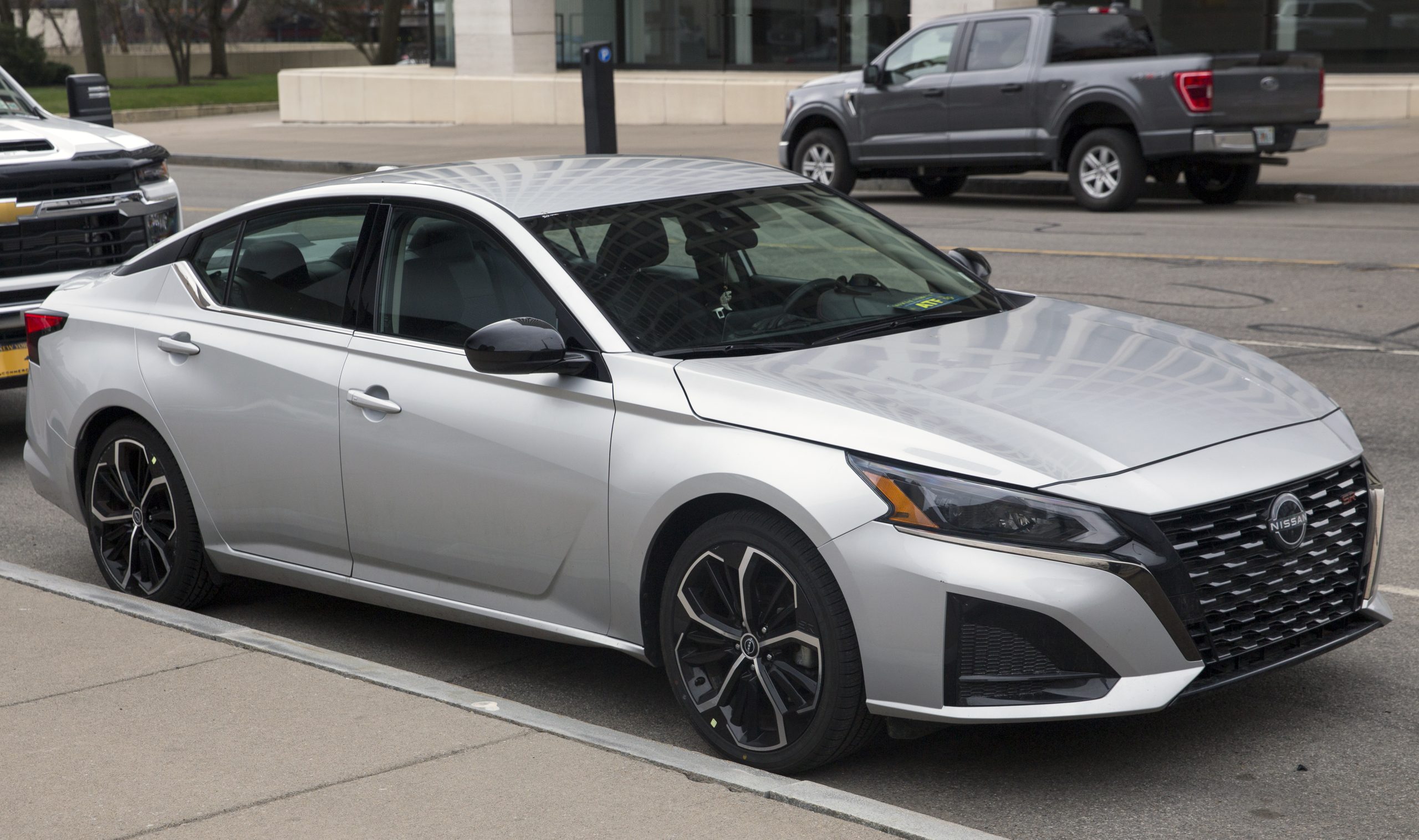
Another issue is with the lane-keeping assist, which, while generally effective, has been known to struggle with more subtle lane markings or on curved roads. In some instances, the system will disengage or fail to respond, leaving the driver to intervene manually.
While the Nissan Altima is equipped with helpful safety features, the glitches in these systems can undermine the car’s safety performance, leaving drivers feeling uncertain about relying on them fully.
For those seeking a smooth and dependable safety experience, the Altima’s glitch-prone systems may not be the best option.
2. Ford Explorer
The Ford Explorer is a popular SUV that boasts a range of advanced safety technologies, including forward collision warning, automatic emergency braking, and lane-keeping assist.
While these features are standard in many newer models, some versions of the Explorer have had notable issues with system glitches that compromise the vehicle’s safety capabilities.
One of the most common problems with the Explorer’s safety systems is the inconsistency of its automatic emergency braking.
Drivers have reported instances where the system fails to activate in emergency situations, or conversely, engages unexpectedly, even when there is no immediate threat.
These false warnings and unprovoked braking events can be alarming and lead to a reduction in confidence in the car’s ability to respond appropriately during critical moments.
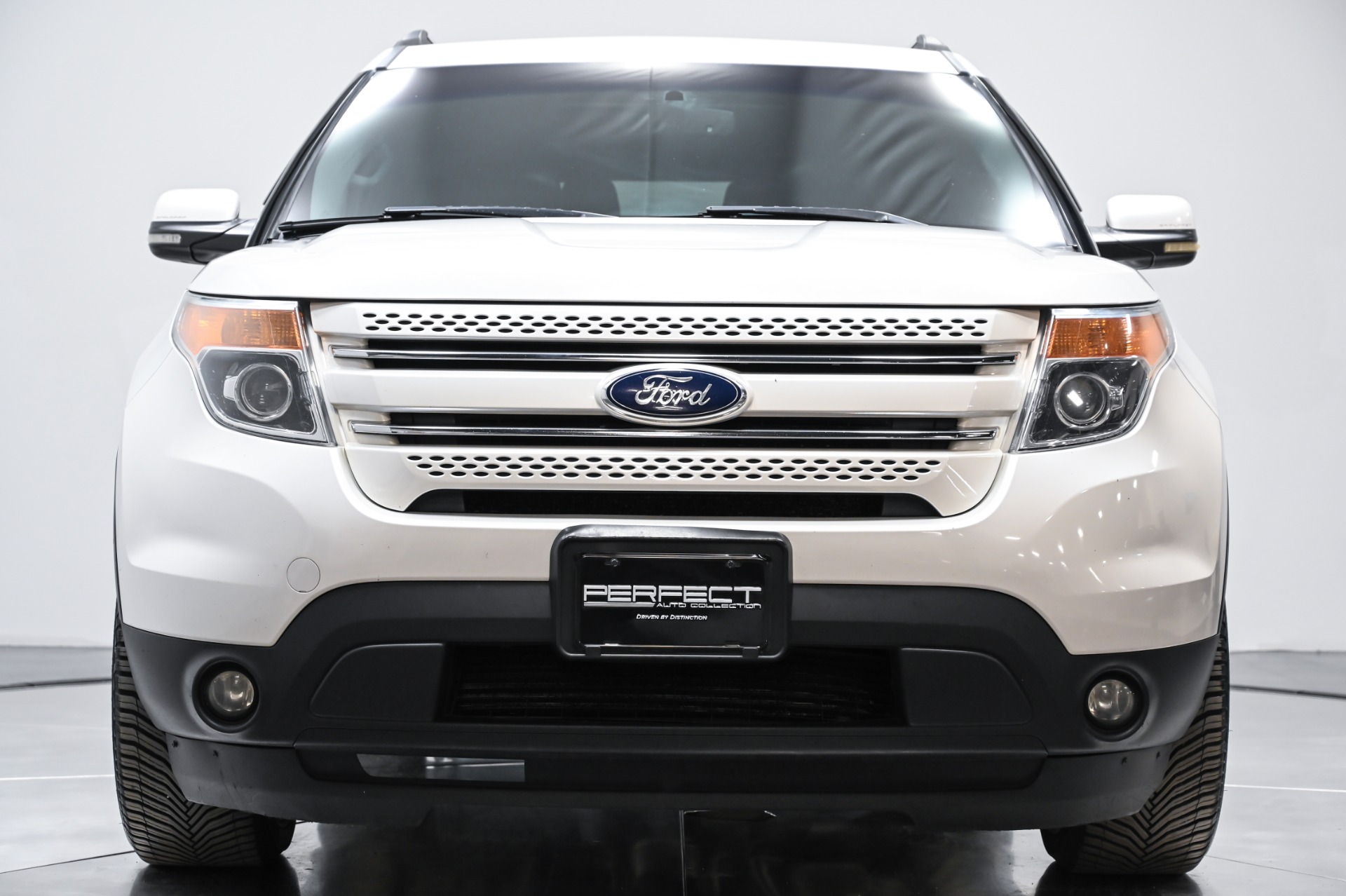
Another issue is with the lane-keeping assist, which has been known to be overly sensitive at times. In some cases, the system will activate even when the vehicle is still well within the lane, causing the car to jerk suddenly, disrupting the driving experience.
On the other hand, there are also reports of the system failing to engage properly on winding roads or when the lane markings are faint, leading to less-than-expected support during crucial driving moments.
While the Ford Explorer is equipped with many advanced safety features, the glitches in these systems can be concerning, particularly for drivers who rely on the car’s technology to assist in potentially dangerous driving scenarios.
It’s clear that the Explorer’s safety features, while useful, need refinement to ensure they function as intended.
3. BMW 3 Series
The BMW 3 Series is a well-regarded luxury sedan with a reputation for performance and technology.
Equipped with advanced safety features like adaptive cruise control, lane departure warning, and automatic emergency braking, it’s designed to offer both convenience and protection.
However, like many other cars in this segment, the 3 Series has been plagued by issues with its safety systems, often rendering them less reliable than expected.
One of the most significant issues reported by 3 Series owners is with its adaptive cruise control, which can struggle with maintaining speed in certain conditions.
Drivers have experienced instances where the system fails to properly adjust to the vehicle ahead, sometimes failing to slow down or even speeding up in heavy traffic. This lack of responsiveness can be frustrating and, in some cases, dangerous if the system fails to maintain an appropriate distance.
The lane departure warning system in the BMW 3 Series is another feature that has faced criticism for being overly sensitive. There are reports of the system activating unnecessarily, even when the vehicle is still well within the lane boundaries.
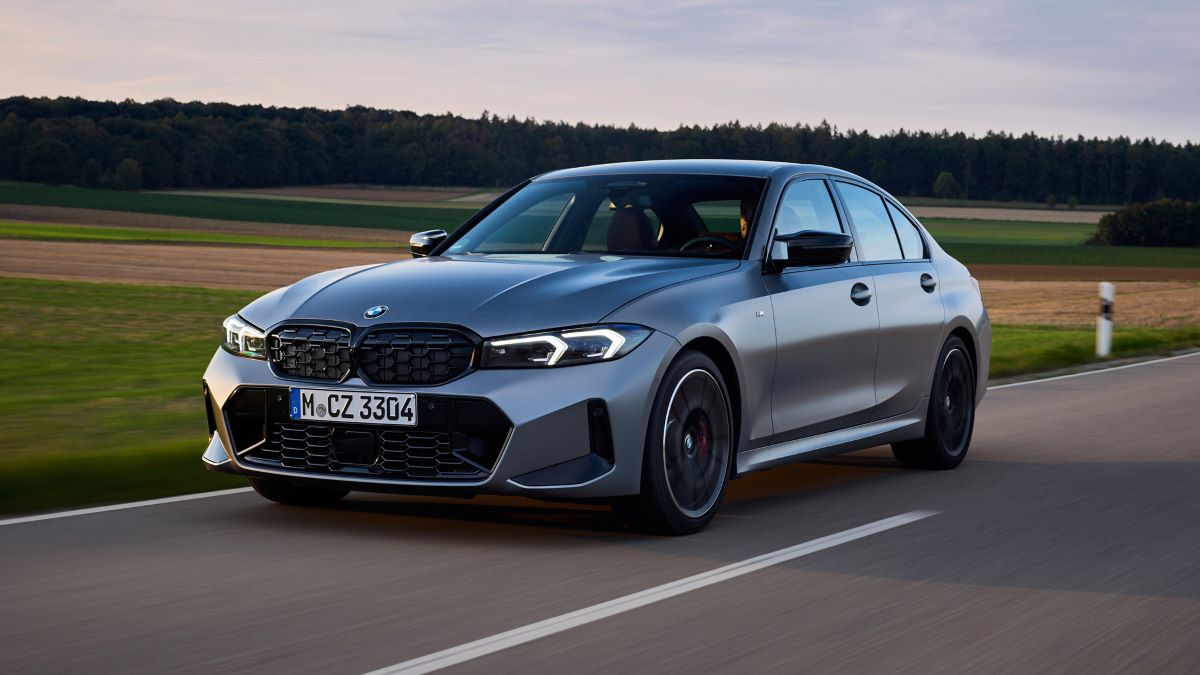
This can cause unnecessary alerts and steering interventions that disrupt the driving experience, particularly on long highway drives where smooth lane changes are common.
While the BMW 3 Series is loaded with advanced technology, the glitches in these systems can undermine their usefulness and safety potential, leaving drivers second-guessing the reliability of the technology that is supposed to assist them.
4. Jeep Grand Cherokee
The Jeep Grand Cherokee is a rugged SUV known for its off-road capabilities, but it’s also equipped with a variety of advanced safety features, such as adaptive cruise control, blind-spot monitoring, and automatic emergency braking.
While these technologies offer significant convenience and safety on the road, the Grand Cherokee has experienced frequent glitches that have led to unreliable performance of these systems.
A major issue reported by drivers is the inconsistency of the automatic emergency braking system. In some cases, the system fails to detect an obstacle in time, leaving the vehicle vulnerable to collisions.
In other instances, it erroneously activates the brakes even when there’s no danger, causing a sudden stop. These false alarms and missed opportunities for braking undermine the trust in the vehicle’s safety systems, especially in emergency situations.

The lane-departure warning system in the Grand Cherokee has also faced criticism. Drivers have reported that it sometimes activates without cause, even when the car is still centered in the lane.
At other times, the system fails to intervene when the car drifts out of the lane, particularly on winding or poorly marked roads. This inconsistency can be frustrating and worrisome, as the system is intended to offer an extra layer of protection.
While the Jeep Grand Cherokee is a strong and capable vehicle, the glitches in its safety features detract from the overall driving experience and can pose potential safety risks.
For drivers who rely on these advanced systems, the unpredictability of their performance can be a major drawback.
5. Honda CR-V
The Honda CR-V is a popular compact SUV that is packed with advanced safety features, including collision mitigation braking, lane-keeping assist, and adaptive cruise control.
While these technologies are generally praised for their potential to improve driving safety, the CR-V has been reported to experience some glitches that hinder the effectiveness of these systems in real-world driving situations.
One of the most common issues with the Honda CR-V is with its collision mitigation braking system. In some instances, the system has been known to apply the brakes unnecessarily, even when there’s no imminent danger.
This can be especially concerning when the vehicle is driving at highway speeds, as sudden braking can catch other drivers off guard and increase the risk of a rear-end collision.
The lane-keeping assist in the CR-V is another feature that can be unreliable. While the system is generally effective on well-marked highways, it can struggle on roads with faded or unclear lane markings.

In these cases, the system may disengage or fail to provide proper lane-keeping assistance. Additionally, there have been reports of the system overreacting to minor lane drifts, resulting in unnecessary steering corrections that disrupt the driving experience.
Though the Honda CR-V is widely considered a safe vehicle, the glitches in its safety features can cause inconvenience and concern for drivers who rely on these systems for added protection.
For those who expect consistent and dependable safety performance, these issues may make the CR-V less appealing.
The evolution of car safety features over the years has been remarkable, with manufacturers continuously improving technology to enhance driver and passenger protection.
The vehicles highlighted in the “5 Cars With Advanced Safety Features That Actually Work” section demonstrate just how far these systems have come.
From Tesla’s Autopilot to the comprehensive safety packages in the Audi A6 and Mercedes-Benz E-Class, these cars offer advanced features that not only work but work well.
These systems, from automatic emergency braking to lane-keeping assist, are designed to prevent accidents, reduce the severity of collisions, and make driving safer.
When these systems perform as intended, they provide peace of mind and contribute significantly to overall road safety.
However, not all vehicles live up to the promise of their advanced safety technologies. The cars in the “5 Cars That Glitch” section, such as the Nissan Altima and Ford Explorer, highlight the challenges that still exist in the integration of these complex systems.
Glitches, such as false activations of braking systems or inconsistencies in lane-keeping assist, can undermine the reliability of these features.
In some cases, these malfunctions may even pose safety risks, making drivers question whether they can rely on their vehicle’s technology when it matters most.
While manufacturers continue to innovate and improve vehicle safety features, the existence of these glitches serves as a reminder that even the most advanced systems are not perfect.
Drivers must remain vigilant and not completely depend on technology, even when it is designed to offer enhanced safety.
As the automotive industry continues to develop, carmakers must prioritize refining these technologies, ensuring that they work seamlessly and consistently to protect everyone on the road.
Also Read: 5 Cars That Nail Voice Commands and 5 That Mishear Constantly

